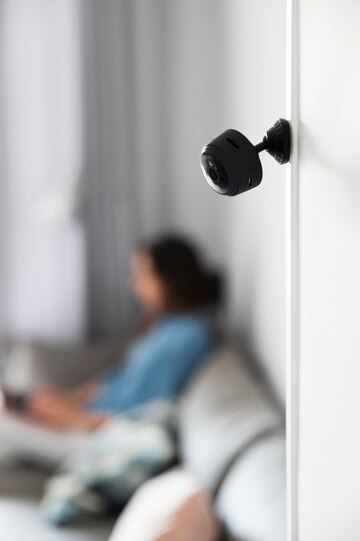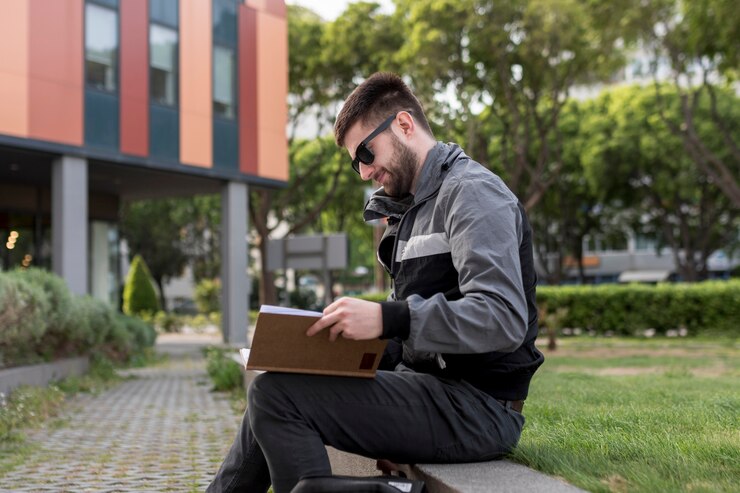Ensure The Home Security In Houston Importance

Are you aware of the significance of adopting home security for your living space? Security cameras are paramount for ensuring the safety and security of homes, businesses, and public spaces in Houston. Proper installation is crucial for effective surveillance and crime prevention. Here are the key stages involved in the home security in houston process:
Needs Assessment and Planning
- Site Survey: Survey the property to identify vulnerable areas that need surveillance.
Identify Requirements: Determine the specific needs, such as the type and number of cameras, resolution, storage capacity, and any special features like night vision or motion detection.
- Budgeting: Establish a budget that covers equipment, installation, and any ongoing maintenance costs.
Choosing the Right Equipment For Home Security in Houston

- Camera Types: Based on the environment and requirements, select the appropriate cameras. Options include bullet cameras, dome cameras, cameras, and more.
- Resolution and Quality: Choose cameras with sufficient resolution to capture clear images. A higher resolution is often necessary for identifying faces or license plates.
- Additional Features: Consider cameras with features like infrared for night vision, weatherproofing for outdoor use, and advanced analytics for smart surveillance.
System Design
- Layout Planning: Create a detailed layout plan showing camera positions, viewing angles, and coverage areas to ensure comprehensive surveillance.
- Connectivity: Plan the wiring and connectivity, whether the system will be wired or wireless. For wired systems, map out the cable routes.
- Power Supply: Determine the cameras’ power supply method, whether through Power over Ethernet or separate power sources.
Installation
- Mounting Cameras: Securely mount cameras at the planned locations, ensuring they are out of reach to prevent tampering and have clear views of the targeted areas.
- Wiring: Run the necessary cables for power and data. Ensure the cables are concealed and protected to prevent damage.
- Networking: For IP cameras, configure the network settings and ensure each camera is properly connected to the network.
Configuration and Setup

- Software Installation: Install the necessary software to manage the camera system. This includes video management software (VMS) and mobile apps for remote access.
- Camera Configuration: Set up each camera’s settings, including resolution, frame rate, and motion detection zones.
- Integration: Integrate the cameras with other security systems, such as alarms or access control, if applicable.
Testing and Optimization
- Initial Testing: Test each camera to ensure it is functioning correctly and covering the intended area. Adjust angles and focus as necessary.
- System Testing: Conduct a full system test, including recording and playback functionalities, remote access, and alerts.
- Optimization: Fine-tune the system settings for optimal performance, such as adjusting motion detection sensitivity to reduce false alarms.
Training and Handover
- User Training: Provide training to the users on how to operate the system, access live feeds, playback recordings, and manage alerts.
- Documentation: Supply detailed documentation, including system layouts, user manuals, and troubleshooting guides.
- Support and Maintenance: Offer support and maintenance services to ensure the system remains valuable yet functional and up-to-date.
Monitoring and Maintenance
- Regular Monitoring: Set up regular monitoring routines to check the cameras’ functionality and ensure they are recording as expected.
- Maintenance Checks: Perform routine maintenance checks, such as cleaning camera lenses, checking for firmware updates, and inspecting cables for wear and tear.
- Upgrades: Stay informed about new technologies and consider upgrading the system as needed to enhance security.
Here are several key aspects to consider for ensuring a successful security camera installation:
Strategic Placement
The effectiveness of security cameras largely depends on where they are placed. Consider the specific areas you want to monitor and strategically position cameras to cover entry points, vulnerable areas, and high-traffic zones. Ensure that cameras have unobstructed views and are placed at optimal heights to capture clear footage.
Camera Selection
Choosing the right type of camera is critical. Options include dome cameras for discreet monitoring, bullet cameras for long-distance viewing, and PTZ (pan-tilt-zoom) cameras for flexibility in monitoring. Based on your security needs, factors such as resolution, night vision capabilities, weather resistance, and integration with remaining systems should all be taken into account.
Lighting Considerations
Proper lighting enhances camera performance, particularly during nighttime. Install cameras in well-lit areas or consider cameras equipped with infrared (IR) capabilities for low-light environments. Address glare and backlighting issues to prevent washed-out or obscured footage.
Power and Connectivity
For simplicity and stability, ensure reliable power sources for your cameras, whether through wired connections or Power over Ethernet (PoE). Wireless cameras offer flexibility but require strong and consistent network connectivity. Test connectivity and signal strength before finalizing camera placement.
Data Storage and Management
Determine how and where video footage will be stored. Options include local storage through DVRs or NVRs and cloud storage for remote access and backup. Consider data security measures to protect stored footage from unauthorized access or tampering.
Compliance and Legal Considerations
Familiarize yourself with local laws governing surveillance and privacy. Ensure your installation adheres to these guidelines to avoid legal repercussions. Notify individuals when cameras are in use in areas where privacy expectations may be present.
Maintenance and Upkeep
Regular maintenance is essential to ensure cameras function optimally over time. It includes cleaning lenses, checking for firmware updates, inspecting cables for wear, and adjusting settings as needed. Establish a maintenance schedule to keep your system in top condition.
Whether for safeguarding commercial assets or ensuring residential peace of mind, security cameras are indispensable tools in today’s security landscape. By understanding your needs, choosing the right equipment, and following proper installation procedures, you can significantly enhance the security of your property.
Remember, staying informed about technological advancements and legal requirements will assist you in making informed decisions when installing security cameras. By prioritizing safety and efficiency, you can effectively protect what matters most. Effective security camera installation involves meticulous planning, attention to detail, and adherence to best practices. By considering these primary aspects, you can create a robust surveillance system that enhances security, provides peace of mind, and protects what matters most.
Conclusion
Installing home security in Houston involves careful planning, choosing the right equipment, precise installation, and ongoing maintenance. By following these stages, property owners can ensure that their surveillance system is effective, reliable, and tailored to their specific security needs.
